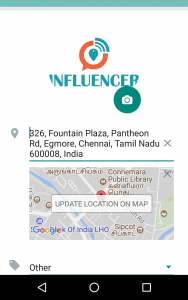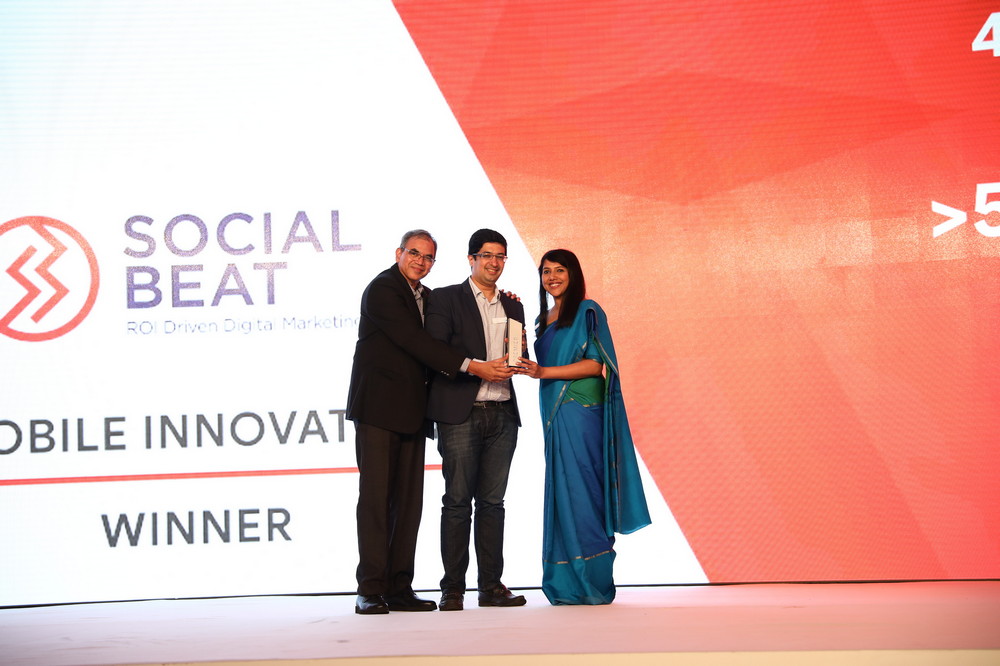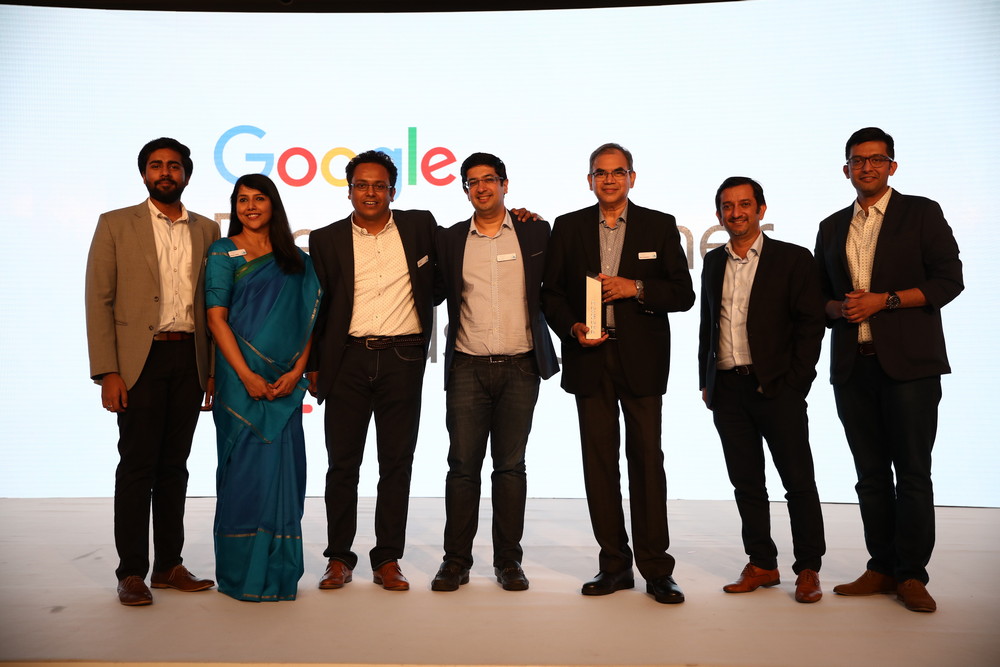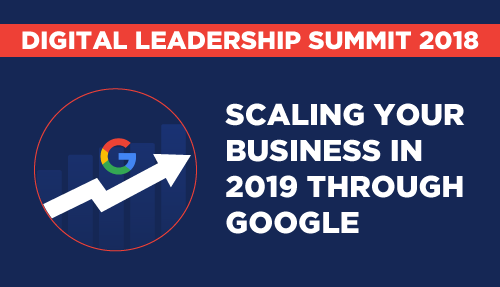Reading Time: 9 minutesDigital marketing will be the next frontier for pharmaceutical companies as many of them are scaling up their consumer businesses and introducing an array of consumer brands. Traditionally, marketing innovation in the pharmaceutical industry has been stunted by heavy regulatory restrictions. Historically, pharmaceutical companies have had little to no interaction with their end-users-patients-since they depended entirely on their health care providers for medical knowledge and advice. With the digital medium democratising information in every sector, however, there is a huge opportunity for the pharma industry to develop patient-centric strategies and transform their fundamental business models. In fact, as patients become more digitally-savvy, the lines between pharma companies and patients will most likely become increasingly blurred. Digital marketing for pharma and healthcare will undoubtedly become the key differentiator for brands charting out a futuristic growth strategy.
There are five factors which make digital marketing for pharma companies essential.
Patients are better informed
Patients are not just passive recipients of prescriptions anymore. They are playing a more active role in their healthcare, researching various drugs and exercising their right to make the final decision about their health. This easy accessibility of information has both a negative and a positive side to it. On one hand, it means patients are more educated about their health than ever before. This empowers them to take more informed decisions about their health and fully understand side-effects that various drugs can have on their body. On the flip side, however, all information isn’t necessarily accurate information. To counter this, digital pharma strategies can help brands develop authority by providing patients with accurate, reliable information. By building a strong presence online and answering queries that patients might have, pharmaceutical brands can also develop a closer connection with their audience.
Shift from ‘patients’ to ‘consumers’
As a direct consequence of accessibility to information, end-users for pharma brands might soon be perceived as ‘consumers’ rather than ‘patients’. Marketing solely to health care professionals will not be viable in the long run as these might not be the actual consumers in the future. Armed with greater awareness, patients are in a better position to request or reject specific brands. The consumerisation of healthcare means that pharma companies will need to take a larger step towards consistently engaging users throughout their journey, ‘in good times and in bad’. Developing a strong and trustworthy brand image through digital pharma techniques has never been more important.
Transparency is forcing greater accountability
One patient’s experience with a drug no longer operates in a vacuum. The ability to track key physiological responses, progress and efficacy of medication (made possible through wearables and the interconnected Internet of Things network) has given individuals greater visibility into their healthcare. If they have a negative experience, they are very likely to share their journey publicly over social media and cause large-scale damage to a pharma company’s brand image. Unlike in the past, companies cannot control how much information about their product is available and how it is distributed. In this environment, digital marketing for pharma brands can effectively communicate the USPs of their drugs and develop a bond with consumers to win their trust.
New competitors are closing in
The pharmaceutical industry is unlikely to preserve the oligarchic market it enjoys today. With the proliferation of technology making user’s vital information more accessible, patient healthcare information is no longer in the sole control of healthcare providers. This has led to the emergence of new competitors in the pharma space -particularly from the tech industry. These digital pharma companies are moving beyond just drugs, providing patients with high-tech solutions that offer them greater visibility and control of their healthcare. Some of these include wearable activity trackers, ‘chips’, AI, VR and other potential disruptors in the space. If traditional pharma companies do not realign their strategy, they might not be able to compete with recent entrants to win the new age ‘consumer/patient’.
A wealth of data is available
With the huge volume of data available today, pharma companies cannot afford to neglect it. Brands can get a unique insight into their consumers concerns, behavioural habits and more. This data, that was previously unavailable, can help pharma brands build a more comprehensive digital strategy to engage with their end-users.
Top strategies in digital marketing for pharma
Since pharma brands have operated largely in the offline space, venturing into the digital medium can seem daunting. However, with these key digital marketing for pharma strategies, companies can soon start building a strong digital-first presence and engage with consumers to drive greater business results.
Content marketing
With the tight regulations and severe penalties that the pharma industry has to operate within, it comes as no surprise that most are hesitant to test out new marketing strategies. Under Indian law, companies are restricted from advertising drugs, with exceptions made in only a few cases. Content marketing is the ideal digital marketing for healthcare strategy as it can deliver long-term results without companies having to openly market their products. With the information-seeking mindset most consumers today possess, building a useful knowledge resource through content marketing can establish an enduring, positive brand association.
Pharma companies can use content in a number of different ways. The foundation of their content strategy, of course, should be a strong, comprehensive blog. The blog should cover a wide variety of topics that deliver value to readers. The focus shouldn’t be on using it as a purely marketing platform but leveraging the blog to build a community of engaged, responsive consumers.
Other forms of content marketing that pharma companies should deploy include:
- Videos
- Guides for consumers or healthcare providers
- Industry reports
For our client, Dr. Mohan’s Diabetes Specialities Centre, we created a video based around the concept, ‘Winning @ 90’. This video celebrated patients who had triumphed in their struggle against diabetes and reached the age of 90. Through the emotional content, Dr. Mohan’s was able to build a closer connection with their audience on social media. The campaign performed phenomenally well on social media, garnering close to 2 lakh views on Facebook.
Search Engine Optimisation
SEO and content marketing go hand in hand; one cannot work without the other. Search Engine Optimisation a crucial component of digital marketing for pharma brands to gain visibility and organic growth. Ranking for important keywords demonstrates expertise in that field; a crucial factor for pharma companies to develop credibility among patients and healthcare providers alike. It ensures that visitors, which can include doctors and patients, land on the company’s website when searching for a related query. Why is this so important? Because on their website, a company has complete control over the accuracy of information shared and the brand image projected. Once on the website, users can be compelled to explore the content on it, watch videos, learn more about the service and even fill in an enquiry. This is an important technique for brands to improve the quality of digital leads generated.
Online Reputation Management
Unfortunately, the pharma industry has to deal with negative coverage and inaccurate information from niche groups. Left neglected, this type of coverage can do major damage to a brand’s reputation in the market. Online reputation management is the art of detecting negative coverage and charting strategies to tackle it.
One of the most effective ways to do this is by search saturation. This is just an extension of Search Engine Optimisation, but with a different purpose. Instead of ranking for branded keywords alone, companies should be vigilant about negative keywords related to their brand. After identifying them, brands should target the same keywords and create new positive content based on it. This way, they can ensure that negative coverage is kept to a minimum.
Build a comprehensive website
The one place where pharma companies have complete control over the accuracy of information shared and the brand image projected is on their website. Since both patients and doctors are looking to do intensive research before consuming or prescribing drugs, the website needs to deliver all the information they will require to make this decision. It should contain details about possible side-effects, benefits, recommended dosage amounts and anything else that might be pertinent. Details about clinical trials, in particular, are a very important feature to have on the website as they build credibility.
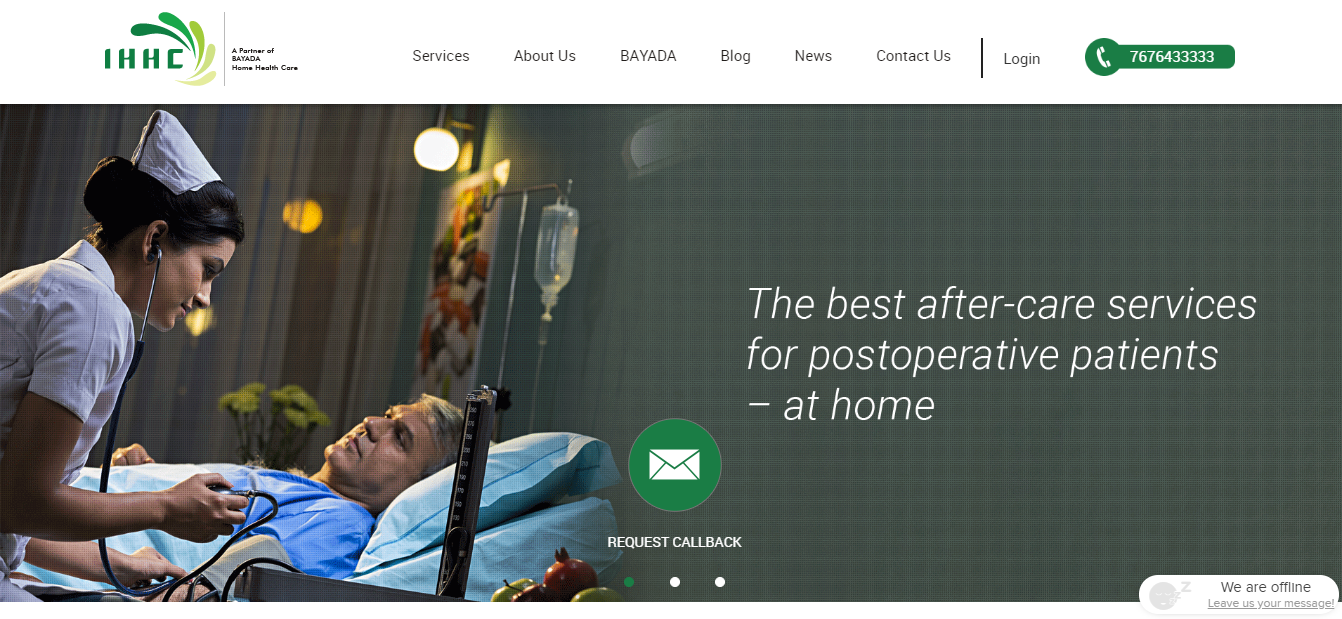
For IHHC, we developed an AMP landing page to improve a user’s experience with the ad and the website. Through this strategy, we achieved a 33% lower cost-per-lead as compared to previous campaigns.
Build a strong brand through social media
Social media is the core of any digital marketing for pharma strategy. With such a significant portion of their target audience and consumers present on these platforms, pharma companies cannot afford to ignore them. The approach for companies is slowly shifting from merely communicating the benefits of a drug to healthcare professionals and medical reps to developing an emotional connect with patients themselves. Facebook is the perfect stage for brands to humanise their brand and reach out to a wider audience on a more personal level. Marketing for most drugs on Facebook might violate their policies, however, digital pharma strategies can include promotion of wellness and lifestyle-related posts. Emotional content is also something brands can always bank on to resonate with audiences.
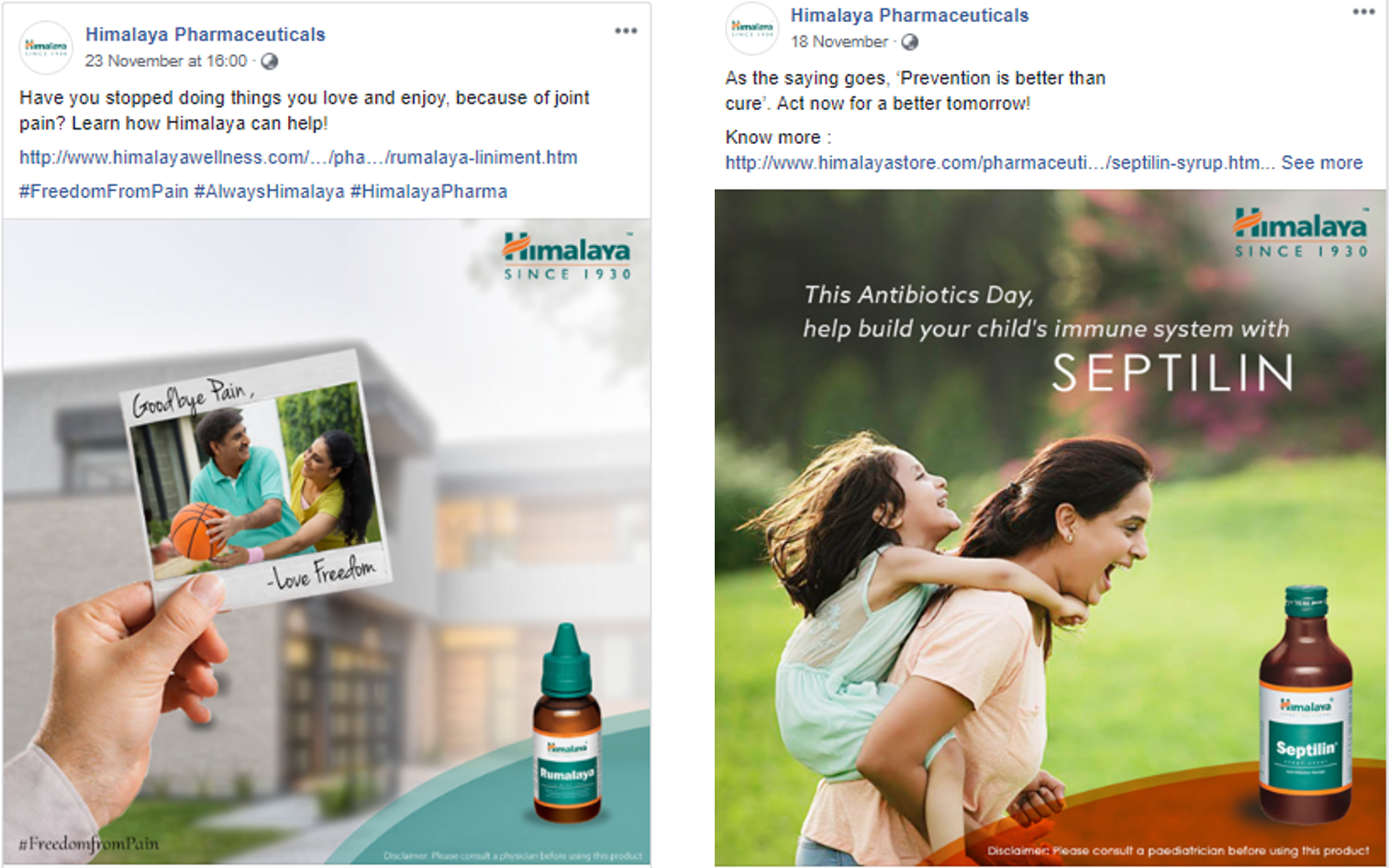
For Himalaya Pharmaceuticals, for example, we leverage Facebook as a tool for building awareness of certain products as well as of the brand as a whole. We do this through a series of informative, entertaining and emotional posts around topics our audience is interested in. As a result, the brand has achieved greater brand awareness through a highly engaged Facebook audience.

We also leveraged influencer marketing to generate awareness about their facial wipes. This helped us reach a much wider audience through over 150 influencers.
You can learn more about this campaign on Client Case Study: Influencer Marketing for Himalaya.
Nurture consumers through online communities
Social media, like for most other industries, is equally important in digital marketing for pharma as well. But unlike in a typical B2C, the winning strategy for B2B companies like pharma will be to use social media platforms for community building rather than for brand awareness alone. This strategy is useful to engage with both, physicians as well as patients.
The platform brands choose to focus on will largely depend upon their audience. To reach out to physicians, LinkedIn might be better suited as users are looking to broaden their industry knowledge and grow their network. Platforms like Facebook, on the other hand, can be a useful tool to get faster brand awareness among a wider audience. Brands can engage with users here through a mix of informative and emotional content to build a strong personal connect with them.
Chatbots
Chatbots have emerged as one of the biggest digital trends that is having an impact on every sector. As the technology gets more sophisticated, chatbots are beginning to sound more ‘human’ and are even proving to be more effective than actual humans. Pharma companies can use chatbots on their website as an innovative digital marketing for healthcare strategy to communicate directly with consumers, doctors or medical reps. They can be used to market their products and offer assistance on how to use them. ‘Virtual nurses’ can help patients maintain their prescriptions, book appointments with their doctor and even send them alerts when they need to take medication. To engage with patients on a more consistent basis, brands can even develop ‘health assistance’ chatbots to offer them guidance on leading a healthy and active life. Chatbots for doctors can give them information about a drug’s recommended usage, clarify questions and even direct them to research conducted for a specific drug.
Develop a multilingual strategy
Medical jargon can be intimidating and confusing for most patients. This is further compounded by the fact that much of it is in English; a language most Indians aren’t comfortable with. Pharma companies typically have markets that spread across geographical boundaries. To cater to this diverse audience, communicating to them in just one language might not be effective. A website can provide in-depth information, but unless it is in a language that the user understands, it serves no use. Adopting a multilingual approach is one of the most important pharma digital marketing trends to look out for. Offering content in a number of different languages on the website, blog and social media posts can help brands reach India’s next billion internet users. As 70% of Indians find content in their regional language more reliable (according to a report by Google and KPMG), using multiple languages can help pharma brands build greater credibility and inspire trust.
In order to use multilingual content to its full potential, it isn’t enough for brands to simply translate their existing content in various languages. Instead, they need to develop messaging specifically for various markets, keeping their desires, challenges and lifestyles in mind. This is why we have developed 22 Languages, a platform to create and amplify content in vernacular languages. The power of a multilingual approach will be the only way to reach the huge audience beyond India’s metros.

For Dr. Mohan’s Diabetes Specialities Centre, we created a series of posts in Tamil for the campaign ’10 Commandments of Dr. Mohan’s’. Since Tamil was the language a large portion of their audience was most comfortable with, the campaign outperformed many English language campaigns run in the past.

We also saw similar results when we ran Tamil campaigns for SIMS Hospital. Clearly, without a comprehensive regional strategy in place, pharma companies might not be able to gain adequate traction.
Digital marketing for pharma has the potential to completely change the face of the industry. Getting a head start and adopting a strong digital strategy will give pharma companies the edge they need to stand out from the competition.











